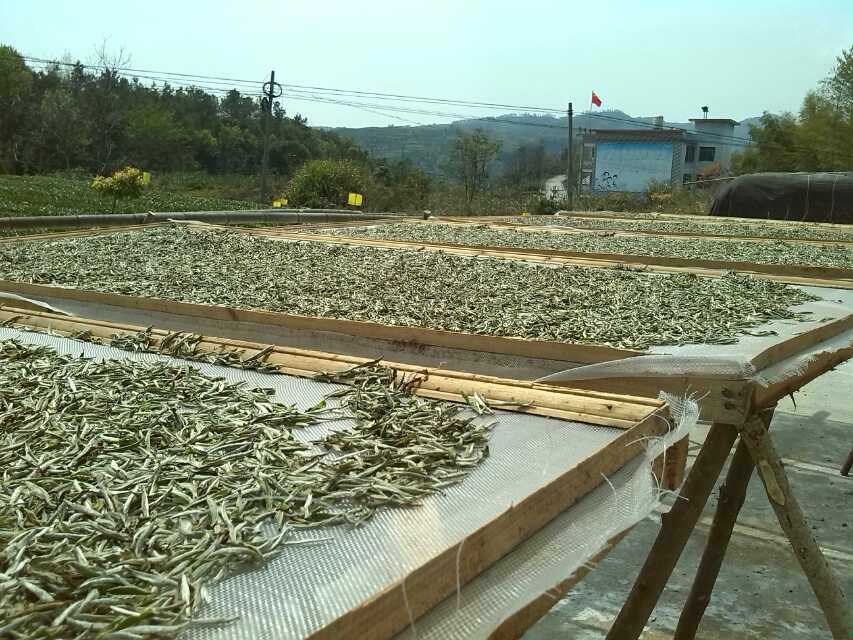 Element 9 – Percentage of Moisture Remaining
Element 9 – Percentage of Moisture Remaining
Although not precisely measurable without special equipment or easily recognizable without training, residual moisture in a batch of tea nonetheless merits its own place as an element in defining the value of a tea. The reason for this is that water content of a finished tea leaf is important in determining the shelf-life of the tea.
It is a common deceptive practice in making green tea to leave a high amount of moisture in the finished tea. More moisture in the leaf makes an easier sale; more moisture means heavier weight for the same amount of leaves, moreover, the tea’s aroma is richer than tea that has been thoroughly dried. Unfortunately, the effects of high water content on the long term quality of a tea is dramatic. Shelf-life becomes very short – even as short as six months for green tea, as residual moisture drives oxidation, even in the finished leaf, muting original color, aroma, and potentially leads to off-flavors from growing bacteria or mold.
Excessively dried leaf, known to Indian tea makers as “case-hardening,” is not desirable either. If the leaves retained moisture is too little, the tea is brittle and breaks easily.
Residual moisture is an indicator that a tea will retain its character and value and is priced fairly for its weight.
This element, for a while, is probably an optional factor. Many tea makers do not have the equipment to accurately measure moisture in made tea. However, in establishing the value of a tea in competition, measure should be insisted on.
